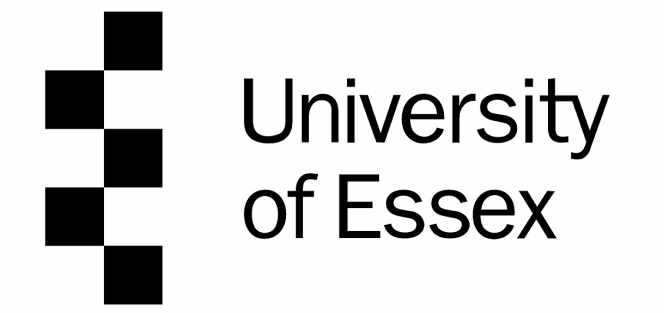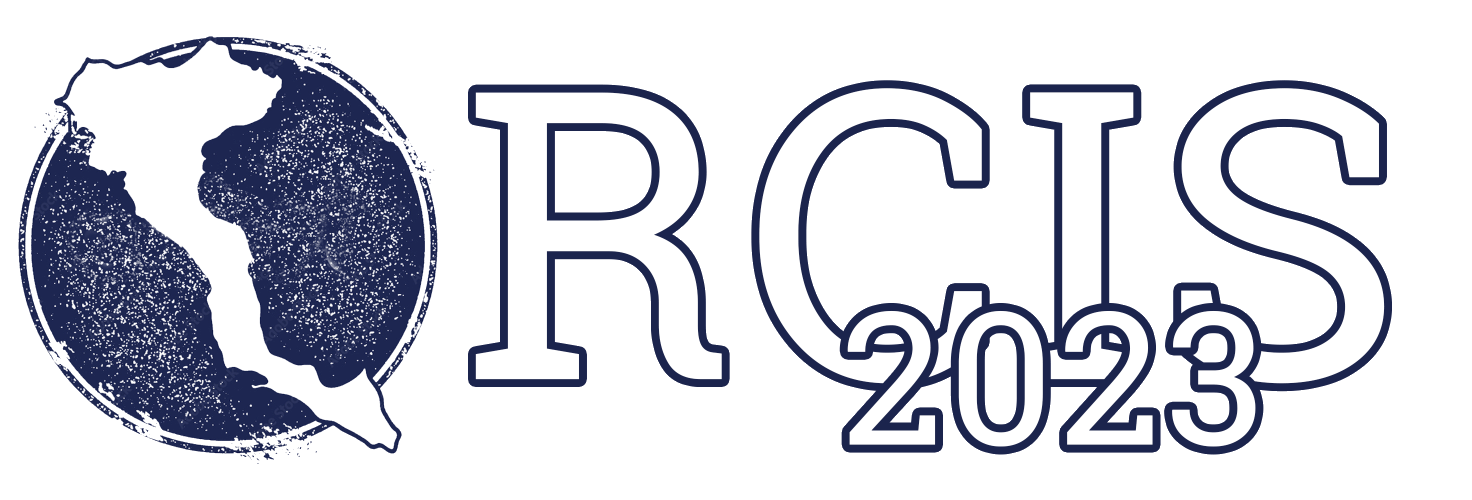Abstracts (*mandatory*): February 5th
Full Papers: February 10th
Place: Corfu, Greece. Hosting from Ionian University and NMSLab from the Department of informatics.
Tutorial 1
Blockchain Technology in Information Science: How Blockchains Enable the Connected World",
Presenter: by Pooyan Kazemian, Weatherhead School of Management, Case Western Reserve University, USA
Abstract: Blockchain is a distributed database (ledger) that is shared among the nodes of a computer network. Network participants follow a protocol (called the consensus mechanism) to agree on which data to add to the ledger. Block- chain makes records of any digital asset transparent and unchangeable without relying on a third-party intermediary. Blockchain technology has the potential to revolutionize many aspects of in- formation science, enabling a more connected and transparent world. Block- chain allows for the permanent and immutable recording of data and transac- tions. This makes it possible to exchange anything of value, whether that is a physical item or something less tangible, in a transparent and tamper-proof way. Blockchain can be used to track orders, payments, accounts, production, and much more, enabling more efficient and secure information exchange. We discuss the fundamentals of blockchain and how this innovative technology can disrupt the field of information science and enable a more connected world.
Tutorial 2
Comparing Products using Similarity Matching
Presenters: Mike Mannion, Department of Computing, Glasgow Caledonian University, UK, Hermann Kaindl the Institute of Computer Technology, TU Wien in Austria
Abstract: The volume, variety and velocity of products in software-intensive systems product lines is increasing. Product comparison is difficult when each product has hundreds of features. Reasons for product comparison include (i) concern for sustainability reasons whether to build a new product or not (ii) eval- uating how products differ for strategic positioning reasons (iii) gauging if a prod- uct line needs to be reorganized (iv) assessing if a product falls within legislative and regulatory boundaries. We will describe a product comparison approach us- ing similarity matching. A product configured from a product line feature model is represented as a weighted binary string. The similarity between products is compared using a binary string metric. The allocation of feature weights is con- tested. We will describe one weight allocation method based on a feature’s po- sition in the feature model. We will discuss the benefits and limitations of this method using a mobile phone example.
Tutorial 3
Getting started with scriptless test automation through the graphical user interface, a hands-on tutorial
Presenters: Olivia Rodriguez Valdes, Beatriz Marín, Tanja E. J. Vos, Fernando Pastor Ricos and Lianne V. Hufkens Universitat Politècnica de València, Spain and the Open Universiteit, Heerlen in The Netherlands
Abstract: Automated testing of the graphical user interface (GUI) has traditionally been done using scripted methods. However, these can often lead to expensive mainte- nance issues. Additionally, script-based testing typically only covers happy-path user scenarios, while neglecting other scenarios that are crucial for testing over- all system robustness. Therefore, there is a need to complement the scripted approach with another automated method for GUI testing: scriptless testing. Scriptless test automation through GUI is a potential solution where tests are generated during execution based on the observed state of the system under test (SUT), rather than using pre-defined scripts. TESTAR3 [1] is an open-source tool that implements a scriptless approach that consists of repeatedly doing the following: (1) Obtain the state of the SUT, (2) Check the state-based test oracles, (3) Derive the possible actions that the end-user could do, (4) Select and execute one of these actions, (5) Wait for the GUI to update its state. This tutorial is aimed at a diverse audience including students, researchers, professors, and practitioners who are interested in GUI testing. In this tutorial, attendees will obtain a solid understanding of GUI testing, as well as practical hands-on experience using the testing tool TESTAR.
Tutorial 4
How to Develop and Realize Conceptual Models? The Bee-Up Research & Education Support Tool
Presenters: Wilfrid Utz, Patrik Burzynski and Robert Andrei Buchmann, Babes-Bolyai University, Romania and OMiLAB NPO, Germany
Abstract: This tutorial focuses on the Bee-Up multi-language modeling tool and its key features that expand the value of conceptual models beyond their basic function as diagrammatic documentation and communication support. Bee-Up supports modeling with several established languages, starting from an initial se- lection on which its acronym is based - BPMN, EPC, ER, UML, Petri Nets – and expanding with each version to meet diversifying requirements. The goal of the tutorial is to highlight how Bee-Up goes beyond the diagramming use case, to help generate model value - through model analysis (e.g. model queries, simula- tion), transformation (e.g. to RDF graphs), execution, and integration with exter- nal systems (e.g. cyber-physical devices and interfaces). A selection of these is demonstrated during the tutorial, while also covering aspects of what is under the hood of Bee-Up's model processing capabilities.








